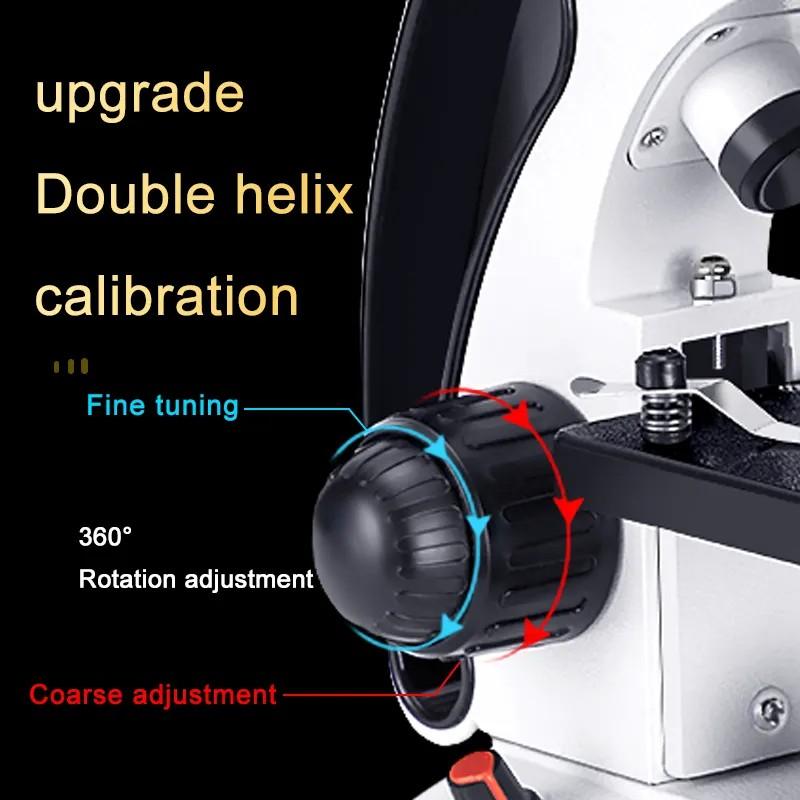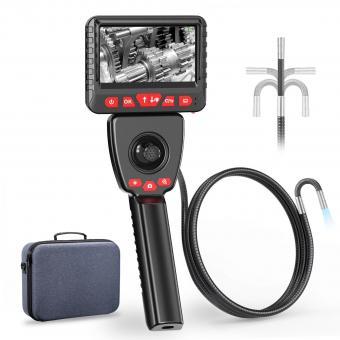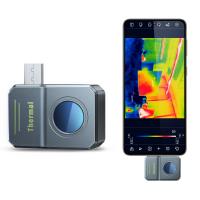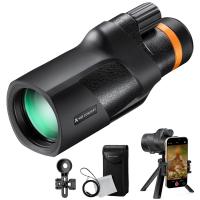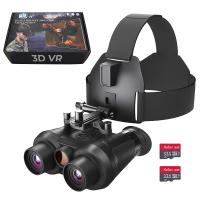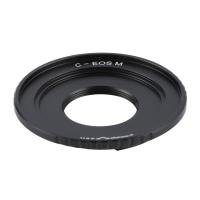Which Microscope Is Best For Viewing Viruses ?
The electron microscope is the best type of microscope for viewing viruses.
1、 Electron Microscopy: High-resolution imaging of viruses at nanoscale level.
Electron Microscopy: High-resolution imaging of viruses at nanoscale level.
Electron microscopy is widely regarded as the best technique for viewing viruses due to its high resolution and ability to capture images at the nanoscale level. This powerful imaging technique allows scientists to study the intricate details of viruses, including their structure, morphology, and interactions with host cells.
There are two main types of electron microscopes used for virus imaging: transmission electron microscopy (TEM) and scanning electron microscopy (SEM). TEM is particularly useful for studying the internal structure of viruses, while SEM provides detailed surface images.
In TEM, a thin section of the virus sample is placed on a grid and bombarded with a beam of electrons. The electrons pass through the sample, and the resulting image is captured on a fluorescent screen or photographic film. This technique can provide detailed information about the internal structure of viruses, including the arrangement of proteins and genetic material.
SEM, on the other hand, uses a focused beam of electrons to scan the surface of the virus sample. The electrons interact with the sample, producing signals that are detected and used to create a detailed 3D image of the virus. SEM is particularly useful for studying the surface morphology and topography of viruses.
In recent years, advancements in electron microscopy techniques have further enhanced our ability to study viruses. Cryo-electron microscopy (cryo-EM) has emerged as a powerful tool for imaging viruses in their native state. This technique involves freezing the virus sample in a thin layer of ice, which preserves its structure and allows for high-resolution imaging. Cryo-EM has revolutionized the field of virology, enabling researchers to visualize viruses in unprecedented detail and gain insights into their mechanisms of infection.
In conclusion, electron microscopy, particularly TEM and SEM, is the best technique for viewing viruses due to its high resolution and ability to capture images at the nanoscale level. Cryo-EM has further advanced our understanding of viruses by allowing for imaging in their native state. These techniques continue to play a crucial role in virology research, aiding in the development of antiviral therapies and vaccines.

2、 Transmission Electron Microscopy (TEM): Visualizing viruses using electron beams transmitted through specimens.
Transmission Electron Microscopy (TEM) is considered the best microscope for viewing viruses. This technique utilizes a beam of electrons transmitted through a thin specimen to create a highly detailed image. TEM provides a high resolution and magnification, allowing for the visualization of viruses at the nanoscale level.
TEM has been instrumental in advancing our understanding of viruses and their structures. It has enabled researchers to study the intricate details of viral particles, such as their size, shape, and internal components. This information is crucial for identifying and classifying different types of viruses, as well as understanding their mechanisms of infection and replication.
In recent years, TEM has been further enhanced by technological advancements. For instance, cryo-electron microscopy (cryo-EM) has revolutionized the field by allowing the imaging of viruses in their native state, without the need for staining or fixation. This technique involves rapidly freezing the virus in a thin layer of vitreous ice, which preserves its structure and minimizes artifacts. Cryo-EM has provided unprecedented insights into the three-dimensional structures of viruses, leading to breakthroughs in antiviral drug development and vaccine design.
Furthermore, advancements in detector technology and image processing algorithms have improved the speed and quality of TEM imaging. This has enabled researchers to study dynamic processes, such as viral entry into host cells or viral assembly and release. Additionally, correlative microscopy techniques, combining TEM with other imaging modalities, have allowed for a more comprehensive understanding of virus-host interactions.
In conclusion, Transmission Electron Microscopy, particularly with the recent advancements in cryo-EM and image processing, remains the best microscope for viewing viruses. It continues to play a crucial role in advancing our knowledge of viral structures and functions, ultimately contributing to the development of effective antiviral strategies.
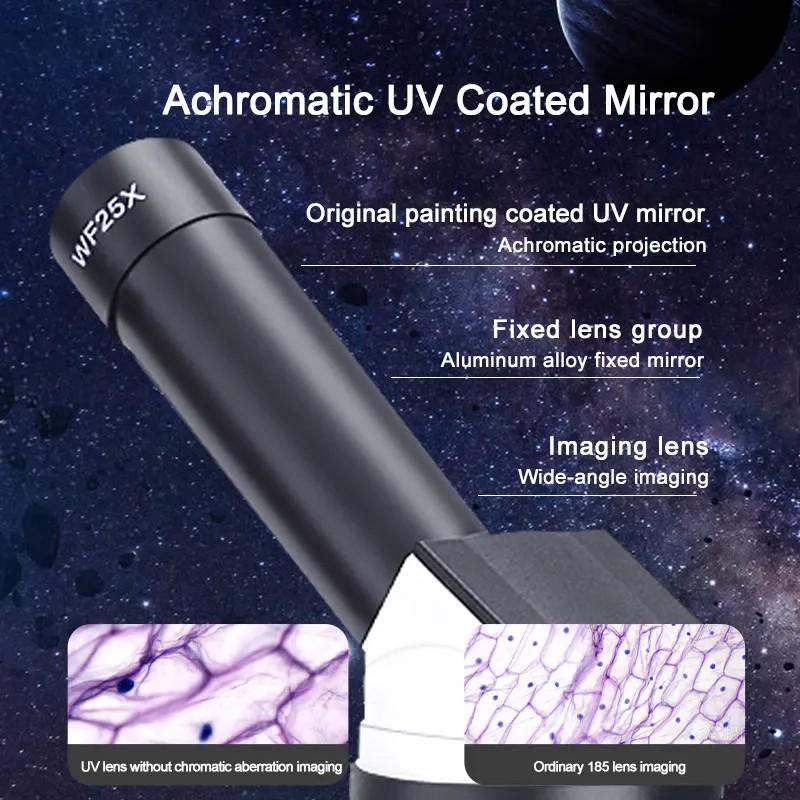
3、 Scanning Electron Microscopy (SEM): Detailed surface imaging of viruses using electron beams.
Scanning Electron Microscopy (SEM) is considered the best microscope for viewing viruses due to its ability to provide detailed surface imaging using electron beams. SEM works by scanning a focused beam of electrons across the surface of a sample, and the interaction between the electrons and the sample produces signals that can be used to create an image.
SEM offers several advantages for studying viruses. Firstly, it provides high-resolution imaging, allowing for the visualization of the intricate details of virus structures. This is crucial for understanding the morphology and surface features of viruses, which can provide valuable insights into their behavior and function.
Additionally, SEM allows for the examination of viruses in their natural state, without the need for extensive sample preparation. This is particularly important for studying fragile or sensitive viruses that may be altered or damaged during traditional sample preparation techniques.
Furthermore, SEM can provide quantitative data about virus size and shape, which is essential for classification and identification purposes. By measuring the dimensions of viruses, researchers can compare and differentiate between different viral species.
It is worth noting that while SEM is highly effective for surface imaging, it does not provide information about the internal structure of viruses. For this purpose, transmission electron microscopy (TEM) is more suitable, as it allows for the visualization of the internal components of viruses.
In conclusion, Scanning Electron Microscopy (SEM) is the best microscope for viewing viruses, as it offers high-resolution imaging of virus surfaces, allows for examination in their natural state, and provides quantitative data about virus size and shape. However, for a comprehensive understanding of viruses, a combination of SEM and TEM techniques may be necessary.
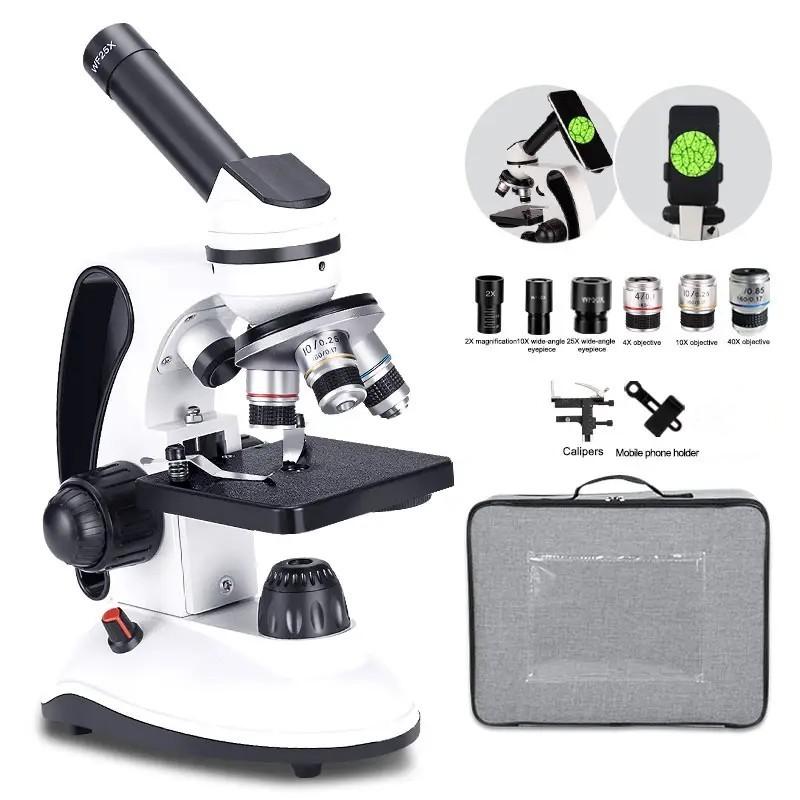
4、 Cryo-Electron Microscopy (Cryo-EM): Preserving virus structures in their native state for imaging.
Cryo-Electron Microscopy (Cryo-EM): Preserving virus structures in their native state for imaging.
Cryo-Electron Microscopy (Cryo-EM) is considered the best microscope for viewing viruses due to its ability to preserve virus structures in their native state for imaging. This technique has revolutionized the field of virology by allowing scientists to visualize viruses at unprecedented levels of detail.
Cryo-EM involves freezing the virus samples in a thin layer of vitreous ice, which helps to maintain the natural structure of the virus. The frozen samples are then imaged using an electron microscope, which can provide high-resolution images of the virus particles.
One of the key advantages of Cryo-EM is its ability to capture the three-dimensional structure of viruses. This is crucial for understanding the intricate details of virus-host interactions and the mechanisms by which viruses infect cells. By visualizing the virus structure in its native state, scientists can gain insights into the viral life cycle, replication, and potential targets for antiviral therapies.
In recent years, Cryo-EM has seen significant advancements, making it even more powerful for virus research. The development of direct electron detectors has greatly improved the resolution and signal-to-noise ratio of Cryo-EM images. This has allowed scientists to visualize smaller and more complex viruses with greater accuracy.
Furthermore, the combination of Cryo-EM with computational techniques, such as image processing and 3D reconstruction, has enabled the generation of detailed models of virus structures. These models can provide valuable information about the viral proteins and their interactions, aiding in the development of antiviral drugs and vaccines.
Overall, Cryo-EM has emerged as the best microscope for viewing viruses, offering unprecedented insights into their structures and functions. Its ability to preserve virus structures in their native state, coupled with recent advancements in technology, makes it an indispensable tool for virologists in their quest to understand and combat viral diseases.
